|
I am a Research Scientist at Neal Cancer Center, Houston Methodist Research Institute. I work with Dr. Jennifer Cullen's group deploying AI models for cancer epidemiology. Prior to this, I worked as research engineer for 6 years at the Department of ECE, Rice University. I worked with Prof. Ashok Veeraraghavan computational imaging group and Dr. Teresia O'Connor group at Baylor College of Medicine where I was a lead engineer on NIH grants (RO1/PO1) developing, testing and deploying state-of-the-art computer vision algorithms to objectively measure children's TV and mobile use behaviors. Before joining Rice, I finished my masters in Electrical engineering with Dr. Kaushik Mitra at IIT Madras, where I worked on generative models for image restoration in computational imaging frameworks. My master's thesis work won Qualcomm Innovation Fellowship for the year 2016-2017. I got my B. Tech in Electronics and Communications from RGUKT, Basar, India in 2015. |
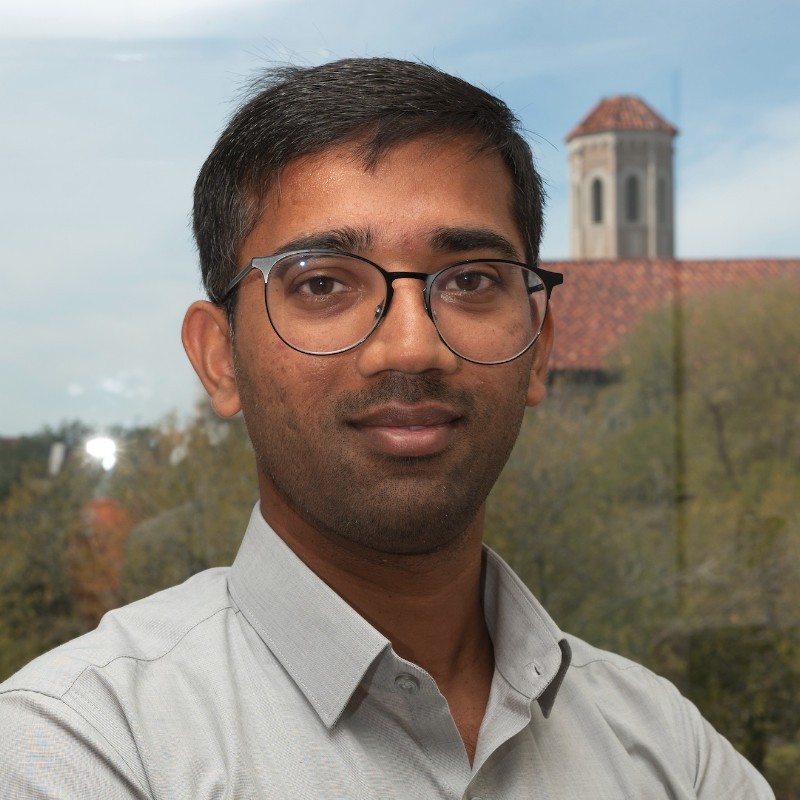
|
|
News:
|
|
|
Press coverage:
|
|
Broadly I'm interested in the computer vision, machine learning, and generative models and their applications. I love building state-of-the-art AI products for challenging problems. |
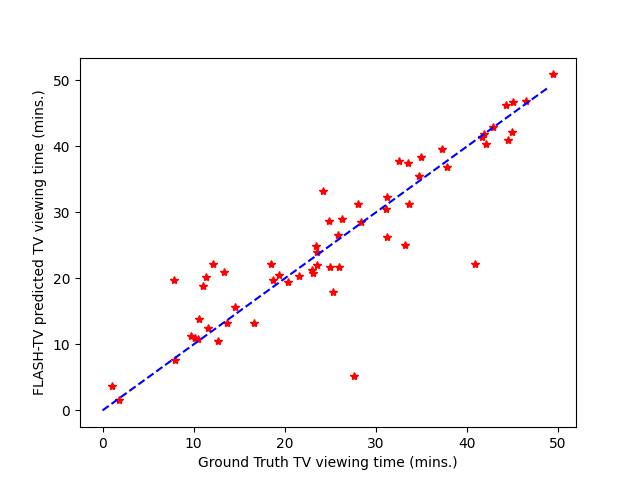 |
We validated a camera based privacy-preserving tech to track TV viewing in real-time in the participant's home. This technology is now being deployed in a 5-year NIH study with 200 children to measure impact of screentime on their health. |
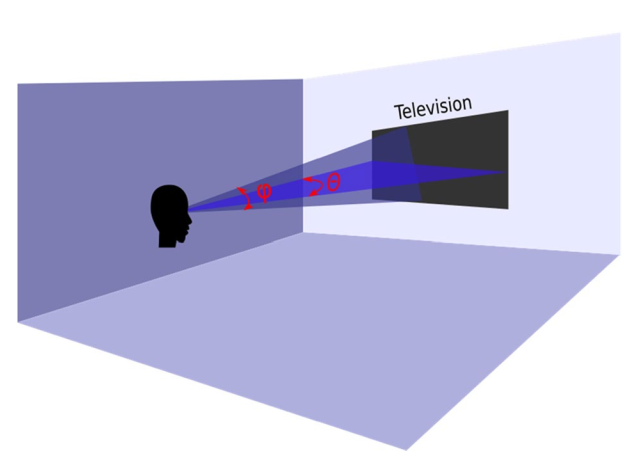 |
Technical report on FLASH-TV, an objective tool to measure TV time. |
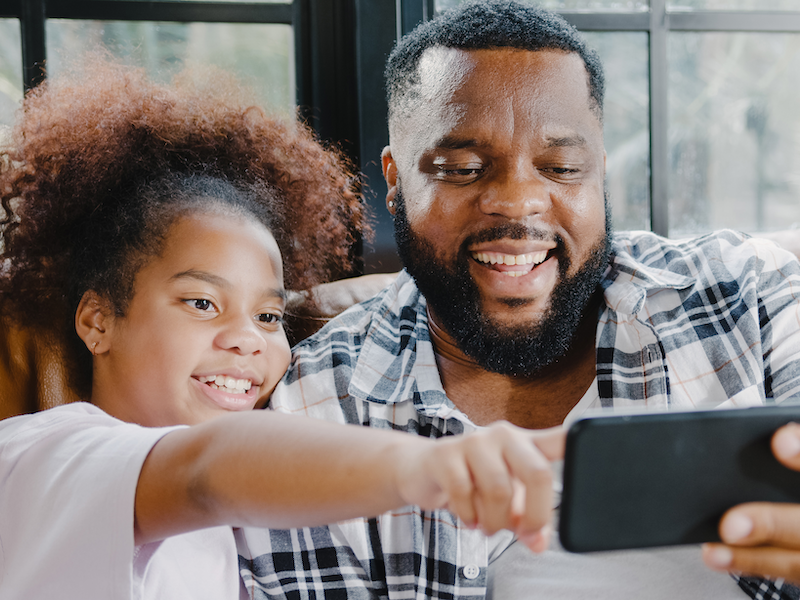 |
|
 |
Technical report on FLASH-TV alpha and beta tests. |
 |
We provide a learning algorithm for light field reconstruction from a conventional camera. |
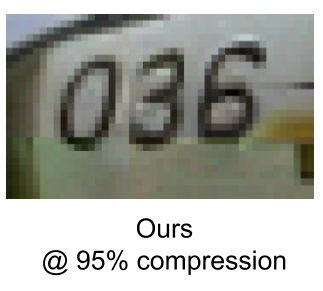 
|
We use a deep autoregressive image prior PixelCNN++ for solving inverse imaging problems. Since autoregressive nature explicitly models pixel level dependencies it reconstruct pixel level details much better than existing state of the art methods. |
 |
Using deep neural networks we reconstruct full sensor resolution light field from a single coded image. Our approach involves depth based rendering where depth is learnt in an unsupervised manner. |
 
|
We use a deep recurrent image prior, RIDE, which can model long range dependencies in images very well. Using this for compressive image recovery we show much better reconstructions especially at lower measurement rates. |
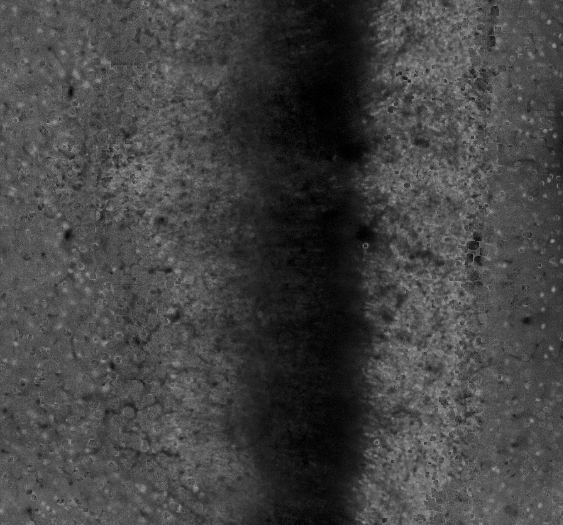 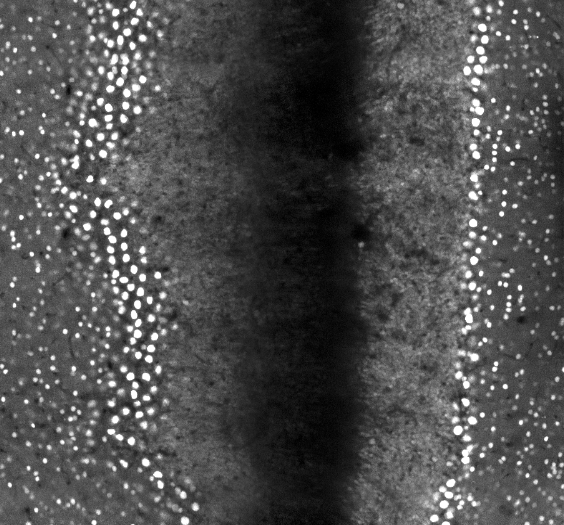
|
We use a deep autoencoder with adversarial loss for denoising the gene expression to improve the registration accuracy. |
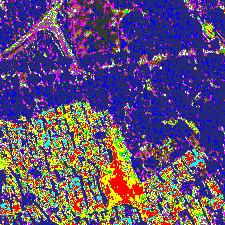 
|
We show mathematical models of communication mechanisms debloyed by butterflies. This work is extended to an optimization algorithm, Butterfly Mating Optimization (BMO), Jada et al. 2015. We applied it for image clustering application. |
 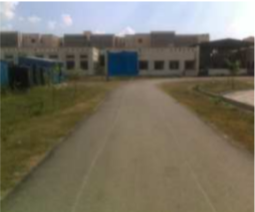
|
Neural networks are used to learn the navigation information. For outdoor navigation, we propose an image processing pipeline for road detection. |
|
|
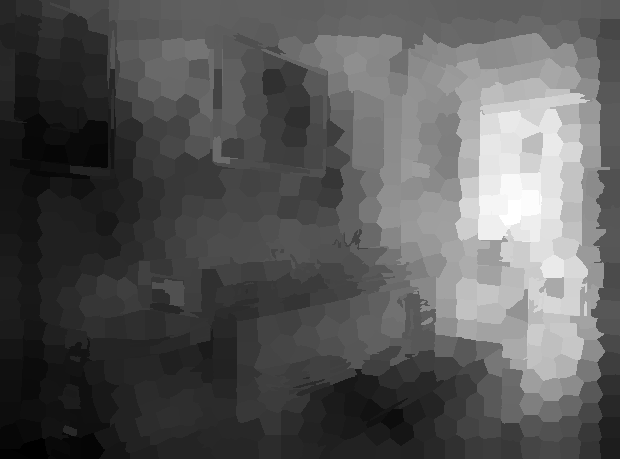 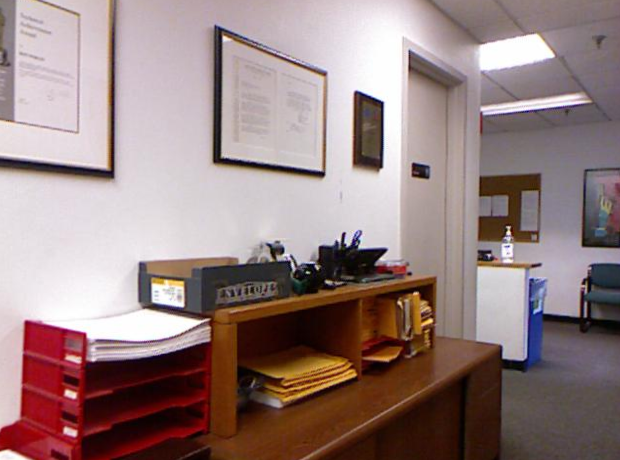
|
|
 |
|
|
|